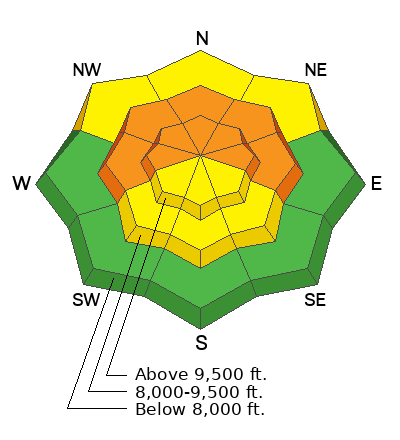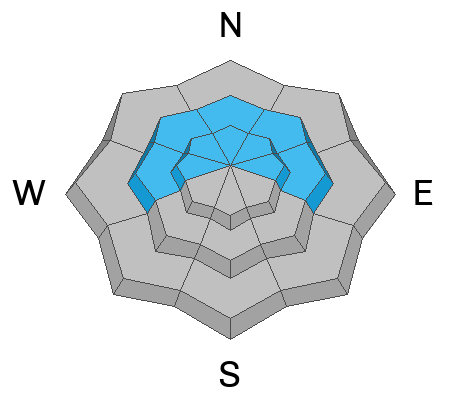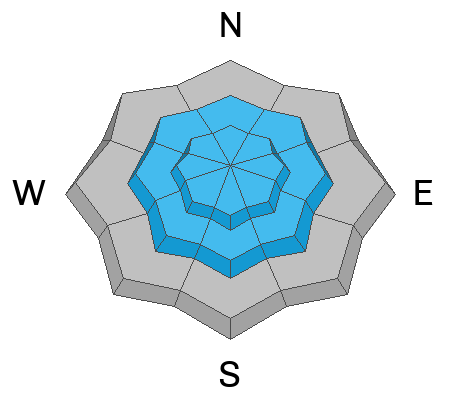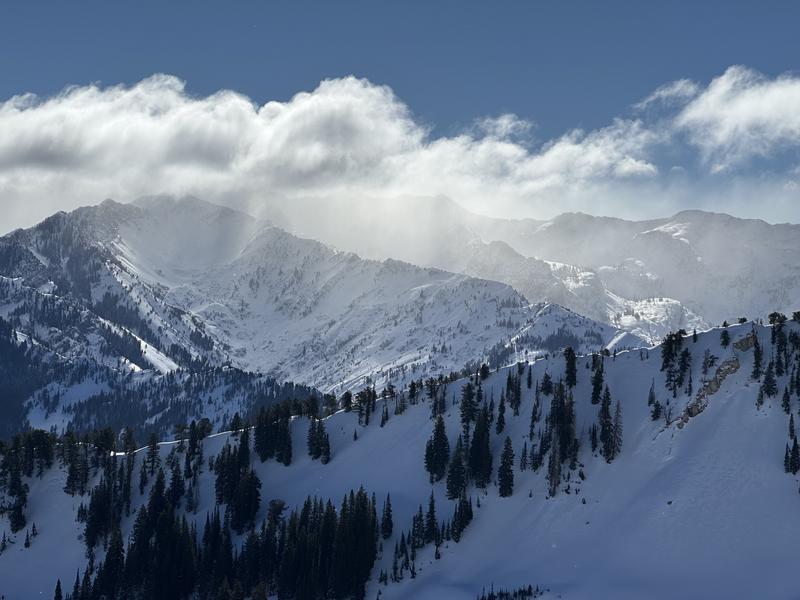Forecast for the Salt Lake Area Mountains

Issued by Greg Gagne on
Friday morning, January 10, 2025
Friday morning, January 10, 2025
The avalanche danger is CONSIDERABLE on mid and upper-elevation slopes facing west, north, and east where there is a buried persistent weak layer. Avalanches may be 2-4+ feet deep and potentially hundreds of feet wide. Low-elevation northerly-facing slopes and mid and upper-elevation southerly-facing slopes have a MODERATE danger.
Sensitive slabs of wind-drifted snow may be found on all aspects at the mid and upper elevations.
Slopes less steep than 30° offer safer - and excellent - travel and riding conditions.

Low
Moderate
Considerable
High
Extreme
Learn how to read the forecast here










